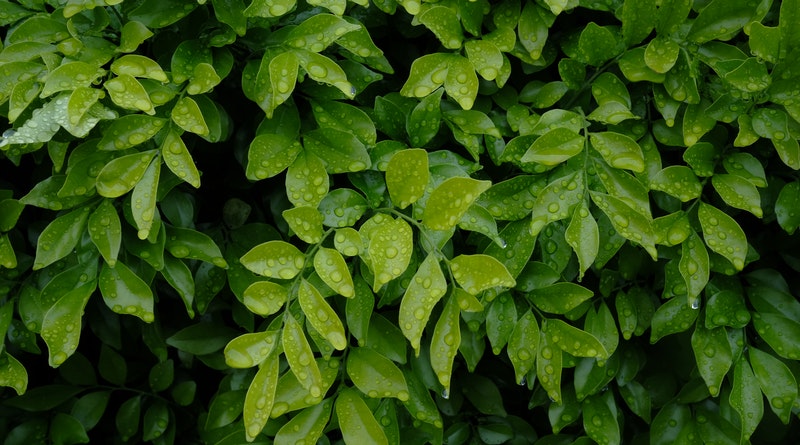Has One of Your Trees Grown Too Tall? Here’s How to Handle It

A well-maintained tree can add aesthetic and monetary value to any landscape. Trees provide shade in the summer, windbreaks in the winter, and essential habitat for beneficial birds, mammals, and insects year-round. When they grow too tall, trees can become a problem, though. Here’s what to do about it.
Call a Tree Service
The most obvious thing to do when a tree is getting too tall is to call a Tree Trimming Service. Expert arborists know how to handle these kinds of problems safely and efficiently without putting the tree, themselves, or surrounding structures at risk. In some cases, tree trimming specialists may be able to prune problematic branches to reduce the tree’s overall size while retaining its natural shape and beauty.
Resist the Urge to Top the Tree
Topping involves removing the terminal branch from a tree. This specialized technique can be used on certain species while the specimens are young if property owners want to alter the tree’s growth pattern. However, it’s never a good solution for a mature tree.
Topping a mature tree will remove essential foliage required to support healthy growth. It can take off as much as 50% of the tree’s healthiest leaves, leaving it struggling just to survive. Even in a best-case scenario, it will leave the tree looking disfigured and more prone to developing problems with insects or diseases and creating unnecessary safety hazards. In a worst-case scenario, the tree will die, leaving property owners with a much more serious problem on their hands.
The Right Solution
Most problems with trees that grow too tall are caused by property owners planting species that are not suited to the location. There’s no way to resolve the problem fully without removing the tree or altering the landscape to accommodate its continued growth. In most cases, it makes more sense to cut down the tree, remove the stump, and replant the area with more suitable specimens.
There are plenty of trees that grow to heights of 20 feet or less. These species are perfect for smaller yards. They still provide all the same benefits as towering oaks and maples, but they’ll be easier to maintain and will never outgrow their allotted space.
Tips for Choosing Replacement Trees
There are a few factors property owners must consider when choosing replacement trees. They include the amount of space available, how much sun the tree will get, the climate zone, and the tree’s proximity to homes, outbuildings, hardscaping, and the nearby landscape elements. When in doubt, it’s always best to consult an arborist to determine which options will be most appropriate.
Find the Right Tree Service
Some tree services specialize only in tree trimming and removal. Others provide a full spectrum of services, from tree care to stump grinding, landscape consultations, and much more. It’s best to work with a company that focuses on tree preservation rather than removals. That way, property owners can trust the same qualified professionals to do all the work.
The Bottom Line
Although topping a tree that has grown too tall may seem like the easiest solution to the problem, it rarely is. Topping trees leaves them prone to diseases, pests, and storm damage and creates an eyesore. Replacing the tree or trees with smaller specimens is always the way to go.
What's Your Reaction?
Newly middle-aged wife of 1, Mom of 3, Grandma of 2. A professional blogger who has lived in 3 places since losing her home to a house fire in October 2018 with her husband. Becky appreciates being self-employed which has allowed her to work from 'anywhere'. Life is better when you can laugh. As you can tell by her Facebook page where she keeps the humor memes going daily. Becky looks forward to the upcoming new year. It will be fun to see what 2020 holds.



